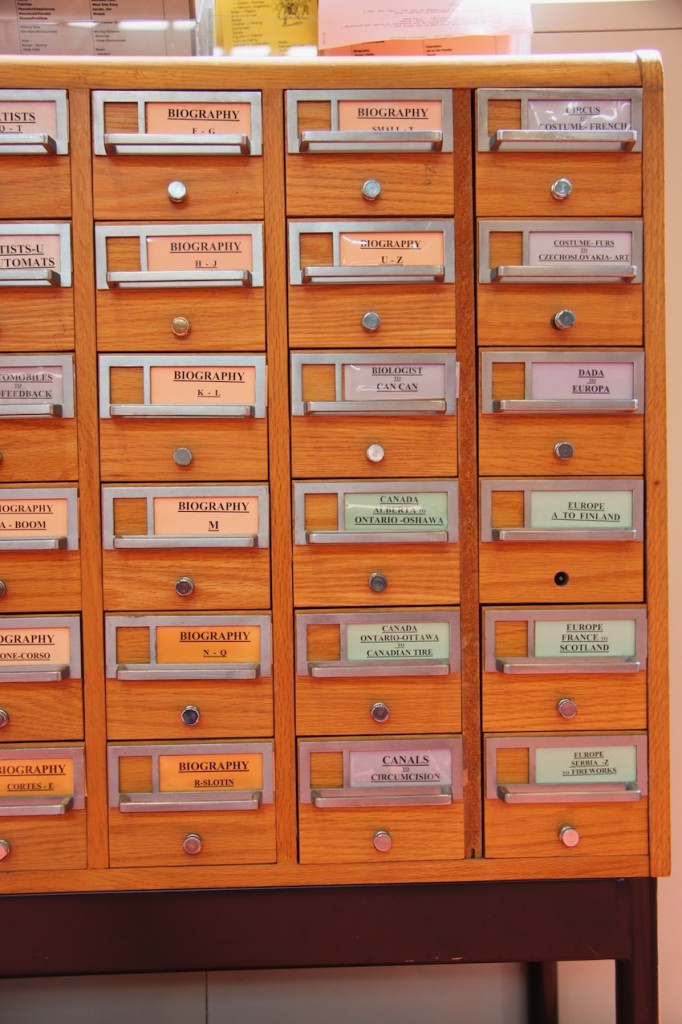
“I started working in 1981. I worked in ‘87 when they were just introducing computerized cataloguing. We had a strike – they wanted to turf us all out and hire IT. They didn’t want to train us. But we fought it and won. It wasn’t even hard to be retrained.”
Library workers have played a crucial role in keeping Toronto libraries open, free, accessible and public. The Toronto Public Library Staff Association was founded in 1910, with just under 30 members. The association evolved into a union which is now Toronto Public Library Workers Union Local 4948, representing 2 400 members. Though strong in numbers and dedicated to a free public library system, most TPL workers are women and most work part-time. Many part-time workers would like to work full-time, but there are few openings for full-time positions. According to the Toronto Public Library Workers Union: “Since Toronto city amalgamated in 1998, Toronto Public Library materials circulation has increased by 24 per cent. During that same time, staffing levels have decreased by 9 per cent.”
When the DEPARTMENT visited the TRL staff told us about how the absorption of the Urban Affairs Library collection into the TRL, a new cuttering (cataloguing) system and the use of security guards only during extended hours have changed their work. Between the renovation and the cataloguing system “we are touching and moving every item in the library this year.” Some believe that in recent years there has been a “dumbing down of the collections.” Under the guise of efficiencies, streamlining and revitalization, popular programming has taken priority over special collections: “Now librarians are expected to be generalists, but they are trained as specialists and even came to this branch to be specialists. So someone who worked 40 years with a rare collection is now supposed to be a general librarian for the Humanities and Social Science section.”